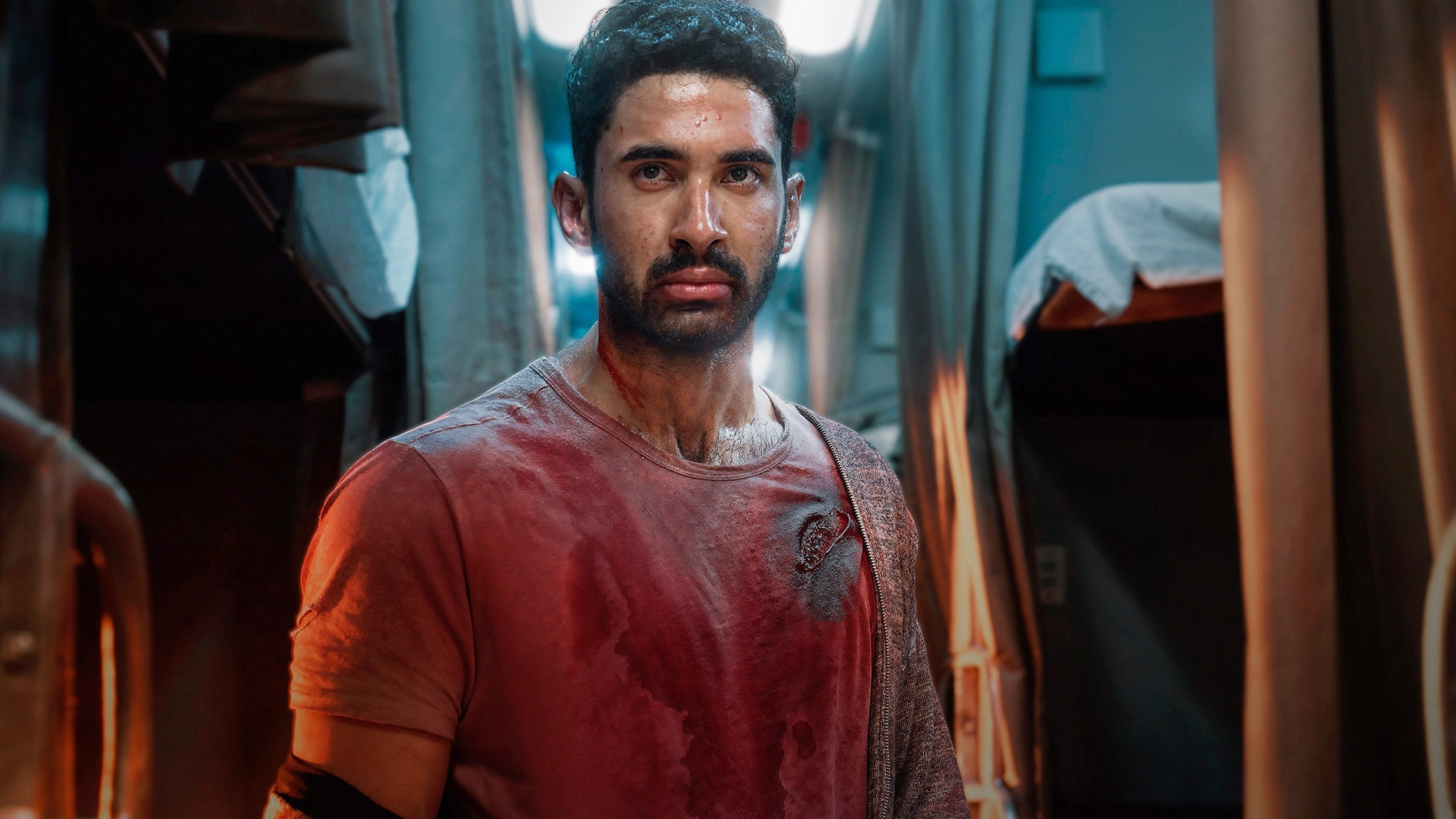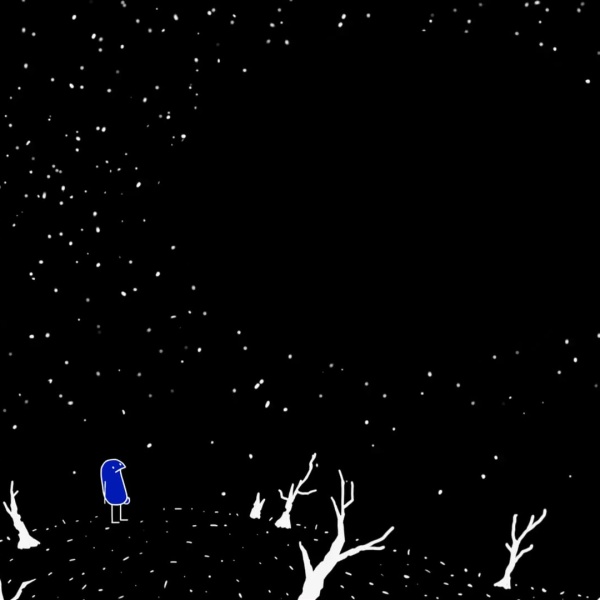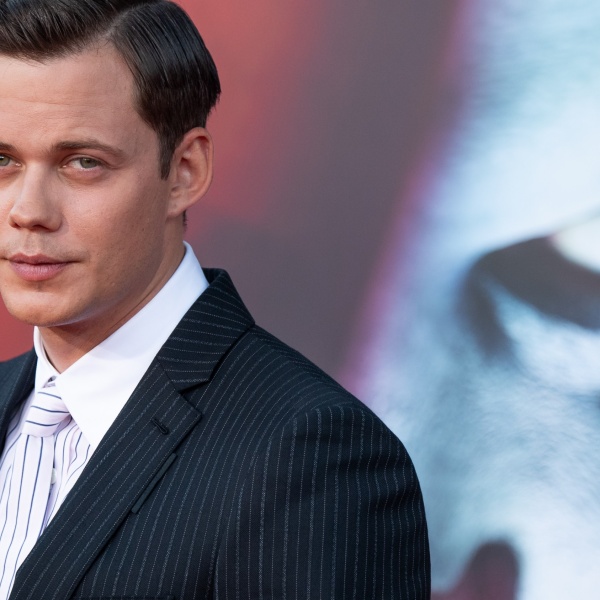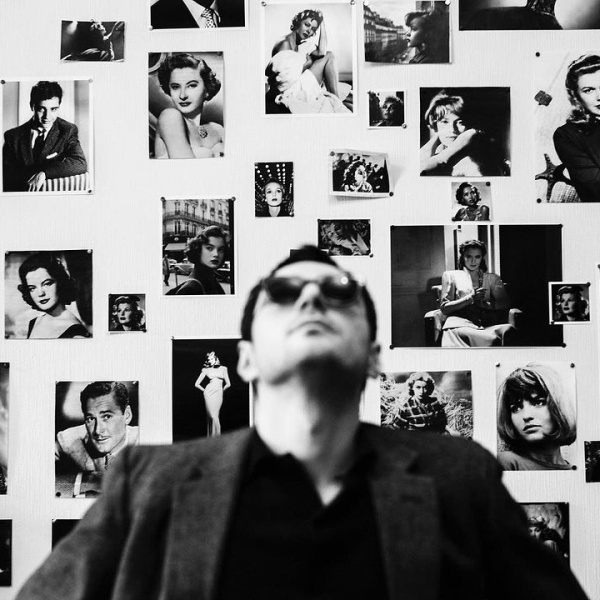Writer/director Nikhil Nagesh Bhat‘s “Kill” is an exhilarating tour de force of nonstop action combined with a healthy dose of heartfelt romance that propels the violence and adds to its impact.
The movie begins as a love story between Amrit, an army commando, and Tulika, an upper-class young woman whose father is pushing her into an arranged marriage with a man she doesn’t love. Amrit and fellow soldier Viresh hop on a train carrying Tulika and her family to stop the arranged marriage, but when a gang of bandits invades the train, Amrit and Viresh’s “rescue mission” takes on much higher stakes.
What ensues is a series of astonishing fight scenes, all choreographed and shot in close quarters. The relentless violence is energizing and never repetitive — a testament not only to the technical proficiency of Bhat and his crew but also to the writer/director’s constantly shifting sense of perspective.
“I was not just telling the story from Amrit’s point of view,” Bhat told IndieWire. “I was also trying to tell the story from the antagonist’s point of view and the family’s point of view. I wanted the audience to constantly have to choose their heroes, because human emotions are universal. The moment you see somebody who is in pain because they’re losing a friend or loved one, you’ll start relating to that person.”
Indeed, much of the tension in “Kill” comes from the fact that while the audience is always rooting for Amrit and Tulika, there’s also a strong sense of what the bandits have to lose and how deeply they’ve gotten in over their heads as Amrit and Viresh begin to eviscerate them one by one.
Bhat found inspiration for this approach in a James Cameron classic: “In ‘Aliens,’ the alien is trying to protect its young ones, and Ripley is trying to protect the kid,” Bhat said. “Because we’re seeing the film from Ripley’s point of view, we relate to her, but had we seen the film from the alien’s point of view, we would have been feeling for her. I wanted to play with that idea.”
Bhat was also determined that every fight scene would feel different as a result of the emotional context. “Before and after each action scene, there is emotional turmoil,” he said, noting that because each action sequence responded to what came before it and determined what came after, there was no trimming things during production to accommodate logistical and economic challenges. “We couldn’t reduce the action because every action scene is a plot point in the film. It’s so rooted to the story itself that you can’t just take a chunk of action out.”
To accommodate the fast-paced and complicated fight scenes, Bhat’s production designer, Mayur Sharma, created the train on a stage, with walls that could be moved in nearly every imaginable configuration to find space for Bhat’s camera.
“I wanted a set that would open up and close at the same time,” Bhat said. “It was almost like a Transformer, in that it could dismantle and come back together in the same shot to accommodate the camera movement. Of course, it’s very easy for me to say that, but it was difficult to create it. There were hydraulics, there were pulleys, there were people pushing and pulling the walls. Each and every wall that you see in the set is movable — there is nothing fixed except for the floor.”

Bhat and his team spent nearly a year in pre-production working out how to shoot the action, and the actors similarly spent several months training for the fights. In keeping with his philosophy that the action should be emotionally driven, Bhat carefully cast each of the 40-plus bandits.
“Most of them are not stunt people; they’re actors,” Bhat said, “and because they’re actors, they needed to be trained.” The sense of realism in the fight scenes is enhanced by a heavy reliance on practical effects, which also needed to be prepped months in advance by prosthetics designer Zuby Johal. “It took almost four months to do the prosthetics because Zuby is a really hard taskmaster. She would want the exact measurement of each person, the exact weapon they were going to use — only then would she do the scan.”
Initially, Bhat considered doing more of the work digitally, but he opted for practical effects for a simple reason: “The moment it goes into visual effects, it’s not in my control,” he said. “I didn’t want to wait too long to figure out how it was going to look.”
Visual effects were used only to enhance wounds and blood, and while Bhat was happy with the result, this approach created some nightmares on set. “We were pumping in blood in pipes, and I would do these long takes, so if the blood came out too early or too late at the end of a take, we had to do the whole thing again. And we were shooting nonlinear, so getting the continuity right was a mammoth task.”
Even for the imagery seen outside the train’s windows, Bhat largely eschewed digital effects in favor of old-school techniques. “It was done with train lights we would push on another track, and cut-outs of trees. We did that to minimize our VFX costs and because we wanted to shoot in real time.”
To convince the audience that all the action was occurring on a constantly moving train, Bhat relied heavily on sound designer Subash Sahoo to create an immersive aural environment. “He put the entire sound of the train in the surround system,” Bhat said, adding that Sahoo carefully manipulated the sounds of the various stabs and punches to give different characters different levels of strength and realism.
Bhat also credits editor Shivkumar V. Panicker for the film’s flawlessly calibrated pace. “He’s a magician. I don’t sit in on the first edit because I’m too invested in the shooting. If it took me five hours to get a shot and the editor throws it out, it’s very painful for me.”
Panicker not only shaved 12 minutes from the top of the film — 12 minutes Bhat says he didn’t miss at all once they were gone — he came up with an unorthodox placement for the main title card that serves as a great shock to the audience and was equally surprising for Bhat himself. “When I saw that, I said, ‘Oh my God, I’m not changing it. No matter what, no matter who says anything, I’m not going to change this.’”






